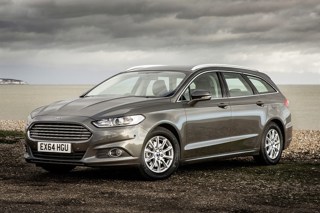Review
Ironically, the smaller the model run, the tougher it is to hit the supply/demand sweet spot, as Ford has learned. A key element of the business case for the retro-look GT supercar, for instance, was low cost tooling with a limited lifespan. Ford analysts predicted a total volume of 4,500 units, spread over three years. Problem is, Ford has now discovered it could have sold three times that number of GTs in the US alone. The waiting list for the 101 cars destined for Europe is also over subscribed.
This is where the Cobra concept car revealed by Ford at the Detroit Show comes in. Publicly, Ford insiders are coy about the 605bhp 6.0- litre V10 engined roadster's production potential. But the reality is the Cobra – which recalls the Ford-powered Roadster models built by Texan racer Carroll Shelby in the 1960s – will almost certainly be built.
It's all down to simple mathematics. A high proportion of the Cobra's components have been taken from the GT, which means development costs can be kept low. The factory that builds the GT will finish its 4,500 production run at least a year earlier than scheduled, and would therefore be ready to switch to the Cobra.
Finally, Ford sources say they need only charge $100,000 (£55,000) per car to make the business case stand up. That sounds a lot, but a genuine 1960s Cobra now demands $150,000 (£82,000) and more, and the best modern replicas cost $120,000 (£66,000). The Cobra would be $15,000 (£8,200) more expensive than the Dodge Viper, but would offer more power and better handling.
But there's one more reason why Cobra is go; encouraged by the response to the GT, Ford is reportedly working on a new mid-engined supercar. Codenamed Project Geranium (the GT was called Petunia and Cobra is Daisy), the car is at least five years away, however. Cobra will fill the gap nicely.
Factsheet
No information available.
















